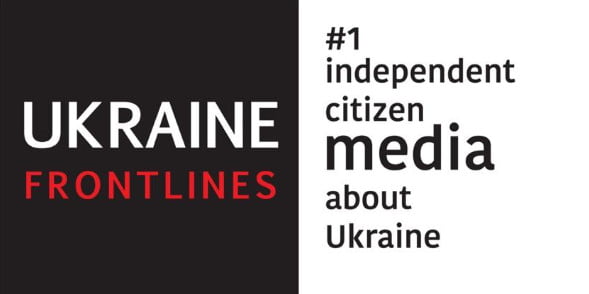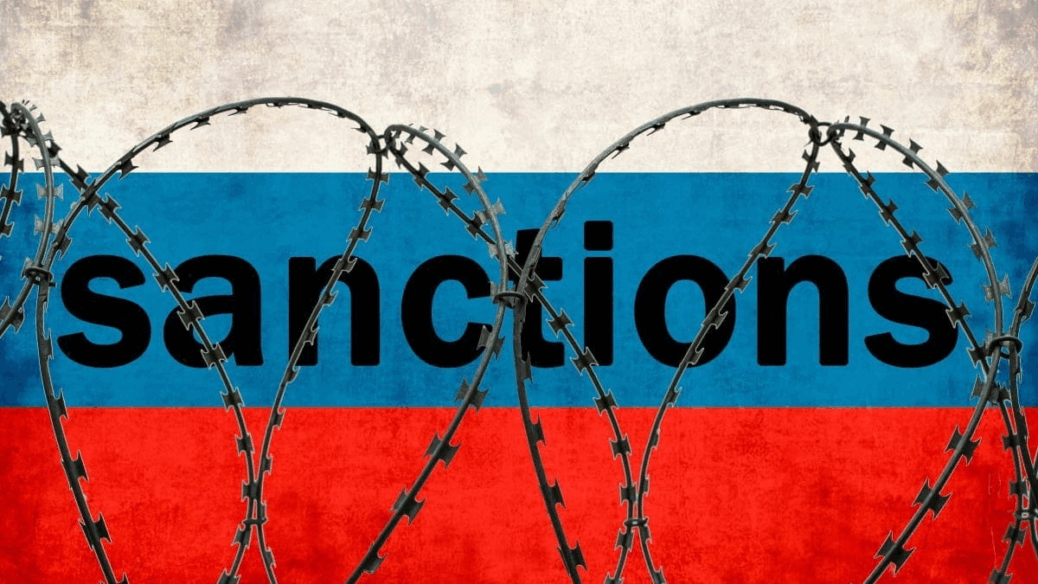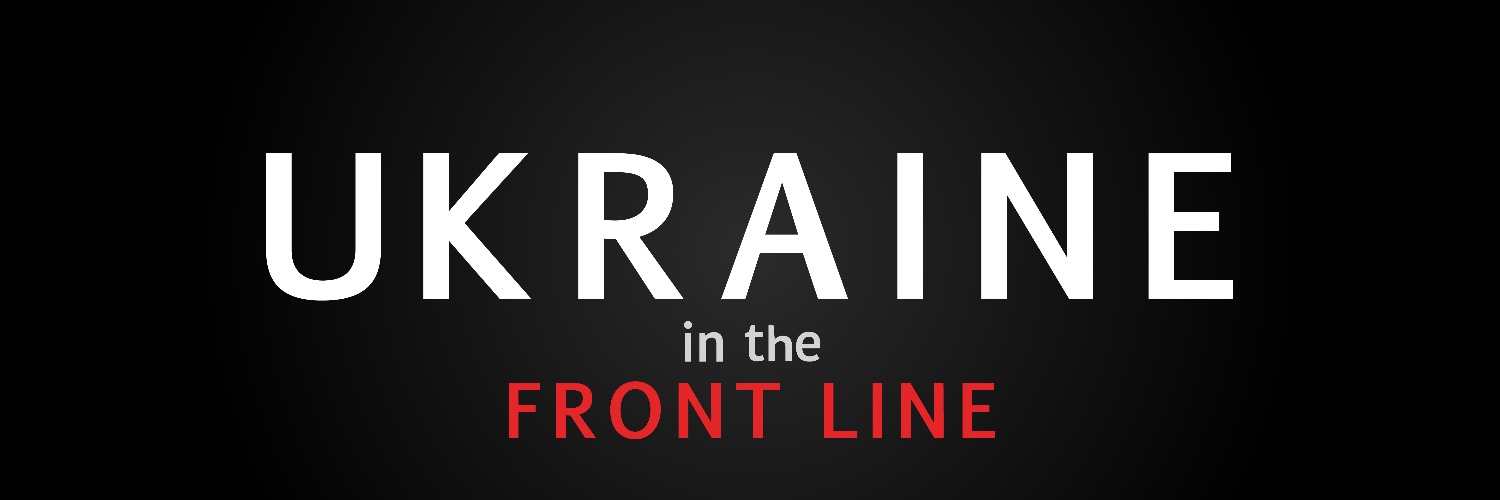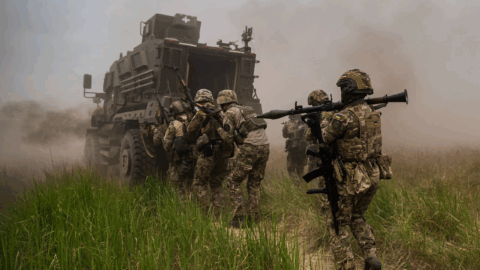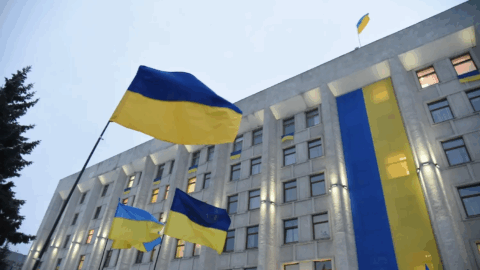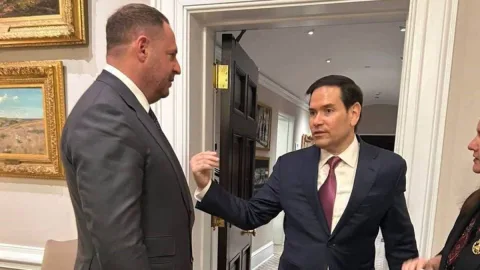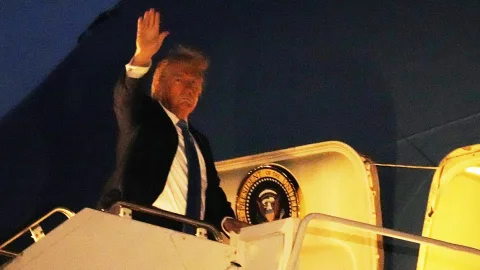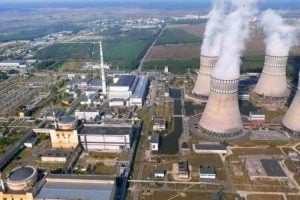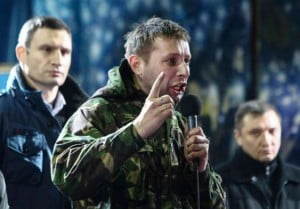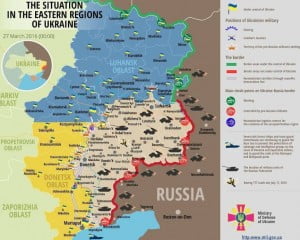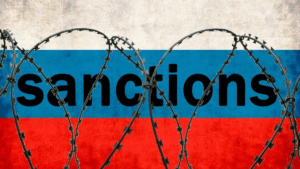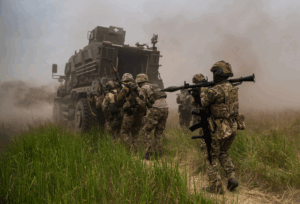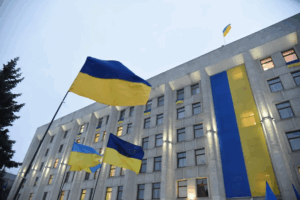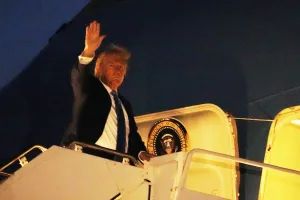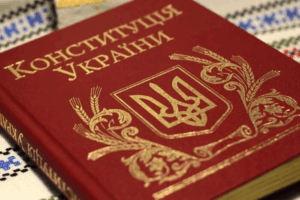Unprecedented historic losses on Russia as a result of sanctions.
Information on Russia’s current losses due to sanctions (as of July 5, 2025).
1. Russia is depleting its last reserves: the National Wealth Fund (NWF) has enough foreign currency left for just over a year
Amid a sharp drop in oil and gas revenues, Russia’s budget is buckling: in June, revenues fell by 34%, hitting their lowest level since January 2023. To patch up the growing deficit, the Russian Ministry of Finance ramped up the sale of assets from the National Wealth Fund (NWF).
Starting July 7, the Central Bank, acting on the Finance Ministry’s orders, will sell yuan daily worth 9.8 billion rubles — one-third more than in June.
At the beginning of the month, the NWF held 4.1 trillion rubles in liquid assets. At the current pace of spending, these reserves will last less than 14 months, according to MMI analysts.
If oil prices fall below $50 (due to increased production by OPEC+ countries), the reserves will be exhausted even faster, forcing the Kremlin to slash spending and pushing the economy into recession.
Before the full-scale war, Russia had accumulated over $113.5 billion in liquid assets in the NWF — 7.3% of GDP. Now, the fund has shrunk 2.5 times — down to $52.6 billion (1.7% of GDP).
A fund initially intended for pensions has fully turned into an emergency war chest for the military budget. But even this “safety cushion” is rapidly vanishing.
2. Russian companies’ debts to the Pension Fund are surging – in just the first quarter of 2025, unpaid insurance contributions rose by 22%, reaching 352 billion rubles
This is nearly twice as much as a year earlier: as of June 2024, the debt stood at 179 billion rubles.
The reason is clear: businesses can no longer withstand the pressure of the economic crisis. Faced with high key interest rates, companies are forced to choose between covering current expenses and fulfilling their social obligations.
This is yet another sign of the depth of Russia’s socio-economic destabilization.
While the Kremlin continues to fund the war against Ukraine, a growing fiscal gap is opening up inside the country — with a shortfall even in basic mandatory payments. Under threat are the pension system and healthcare, both of which are already deteriorating in the shadow of the mobilization economy.
3. Russia faces a vegetable seed shortage due to the ban on imports from the Netherlands – one of its main suppliers
The decision by Rosselkhoznadzor on June 30, right in the middle of the planting season, sparked panic among farmers. Swiftly replacing imports is impossible: domestic seed varieties are lacking both in quantity and quality.
Greenhouse farms have been hit particularly hard, as they require high-quality seeds.
In the context of isolation and sanctions, Russia is losing access to critical resources, putting its food security at risk. This ban is yet another example of how the Kremlin’s sanctions policy is harming its own economy.
4. Around 50 million tons of unsold coal have piled up in Russian ports – about a quarter of all exports in 2024
Storage facilities are simply full, there’s no demand, and the market has stalled. After losing European clients due to sanctions, Russia failed to find equivalent buyers in Asia. Logistics to the East — strained railways and limited port infrastructure — can’t even handle current volumes.
Market participants admit: warehouses in many ports are overflowing, and shipments have nearly stopped. Meanwhile, coal that no one needs continues to be mined — Russian companies are forced to accumulate stockpiles without the ability to sell.
Asian competitors, especially Indonesia and Australia, are pushing Russia out of the market by offering better prices and reliable supply.
The result is industry collapse: rising storage costs, falling foreign currency revenue, and worsening problems in coal-dependent regions. Russia’s export potential is effectively crumbling, and the coal sector — once a pillar of the budget — is increasingly becoming an economic deadweight.
5. Three NATO countries have begun inspecting Russian tankers in the Baltic Sea
Germany, Sweden, and Denmark — all NATO members — have ramped up pressure on Russia’s “shadow fleet” operating in the Baltic Sea.
As of July 1, all vessels passing through their territorial waters are required to provide documentation proving environmental risk insurance.
Refusal to do so results in blacklisting by the U.S., the U.K., and the EU. “Those who don’t want to show documents are the very source of the problem,” said Christina Sig, Professor of Maritime Law at the University of Southern Denmark.
Russia’s shadow fleet consists mostly of aging tankers, often lacking proper insurance, sailing under “flags of convenience,” and owned by opaque foreign entities. These vessels typically avoid using pilots, increasing the risk of a major oil spill — a potential ecological disaster for the Baltic Sea.
Beyond environmental threats, Baltic countries also suspect the Kremlin of using tankers for sabotage operations, including the damage of underwater infrastructure such as communication cables.
6. Turkey and Belgium have officially joined the international “Drone Coalition” in support of Ukraine
The decision was made during a meeting of the coalition’s steering committee held in Riga. The initiative, coordinated by Latvia and the United Kingdom, is now supported by 20 countries — and that number continues to grow despite Russia’s attempts to isolate Ukraine on the international stage.
This move further demonstrates the West’s unity around the technical rearmament of Ukraine’s Armed Forces — particularly in the field of unmanned systems, which play a crucial role in deterring Russian aggression.
The coalition has already secured commitments totaling €2.75 billion for 2025, with €180 million allocated to a special fund managed by the UK for centralized drone procurement.
Turkey’s participation is especially significant — a clear signal to the Kremlin: Ankara has not only rejected Russia’s version of a “peace settlement” but has also stepped up its military support for Ukraine.
In short, Russia’s attempts to sow division within NATO and disrupt the supply chains of military equipment to Ukraine have once again failed. The Drone Coalition is expanding — and Russian forces are increasingly finding themselves in the crosshairs.
7. OPEC+ is preparing for a new increase in oil production in August, which could further pressure prices already strained by rising supply
A decision on revising quotas is expected on Saturday — and according to sources, the increase may exceed the current monthly rise of 411,000 barrels per day.
Particular frustration within the cartel is directed at Kazakhstan, which has repeatedly exceeded its agreed production limits.
The country, where Chevron is actively developing the Tengiz oil field, reached a record level of output in June — openly disregarding its OPEC+ commitments.
Moscow, which co-chairs the alliance alongside Saudi Arabia, has so far avoided making public complaints — but under the current circumstances, market shares are shifting increasingly against Russia.
As a result, the Kremlin risks losing both influence within the cartel and part of its market share.
In the first half of 2025, Russian companies faced a decline in oil exports to India and growing competition from Arab and Western suppliers. A new production increase within OPEC+ will make it even harder for Russia to maintain its foreign currency revenues.
And while oil prices continue to fall, the West is tightening its sanctions pressure — and the Kremlin’s energy strategy is visibly falling apart.
